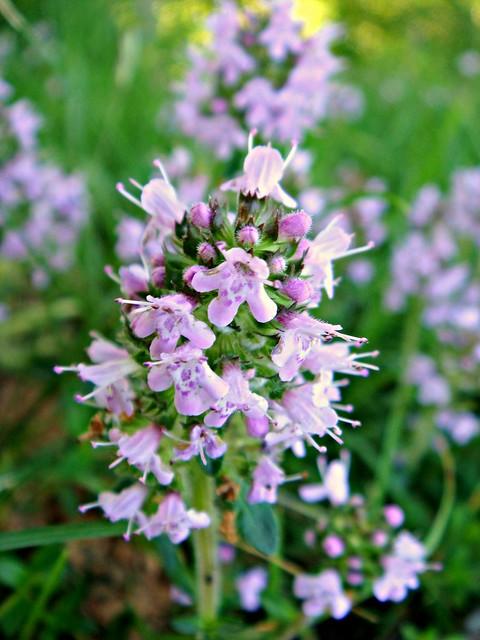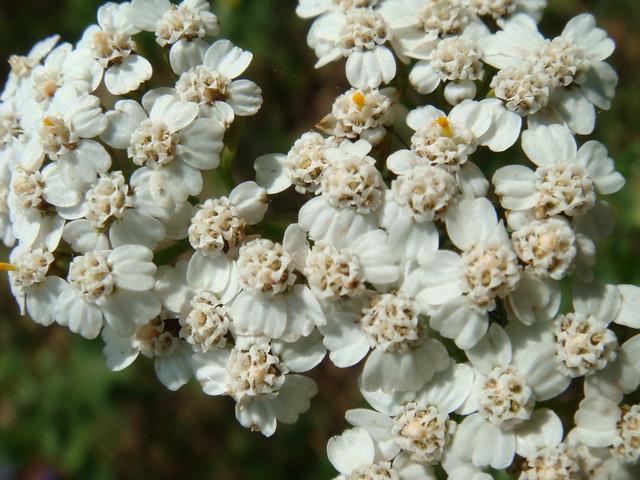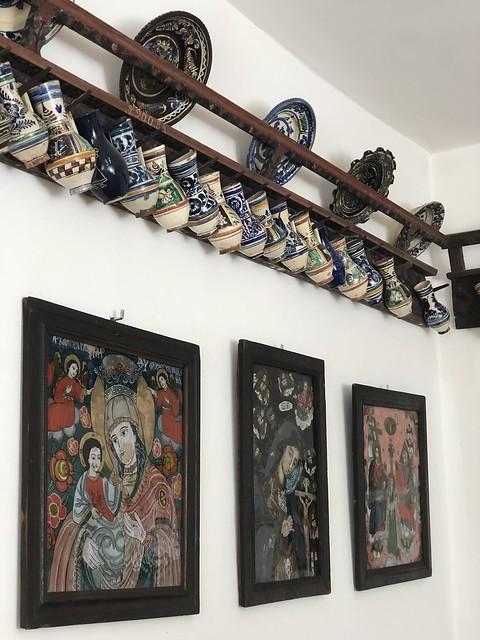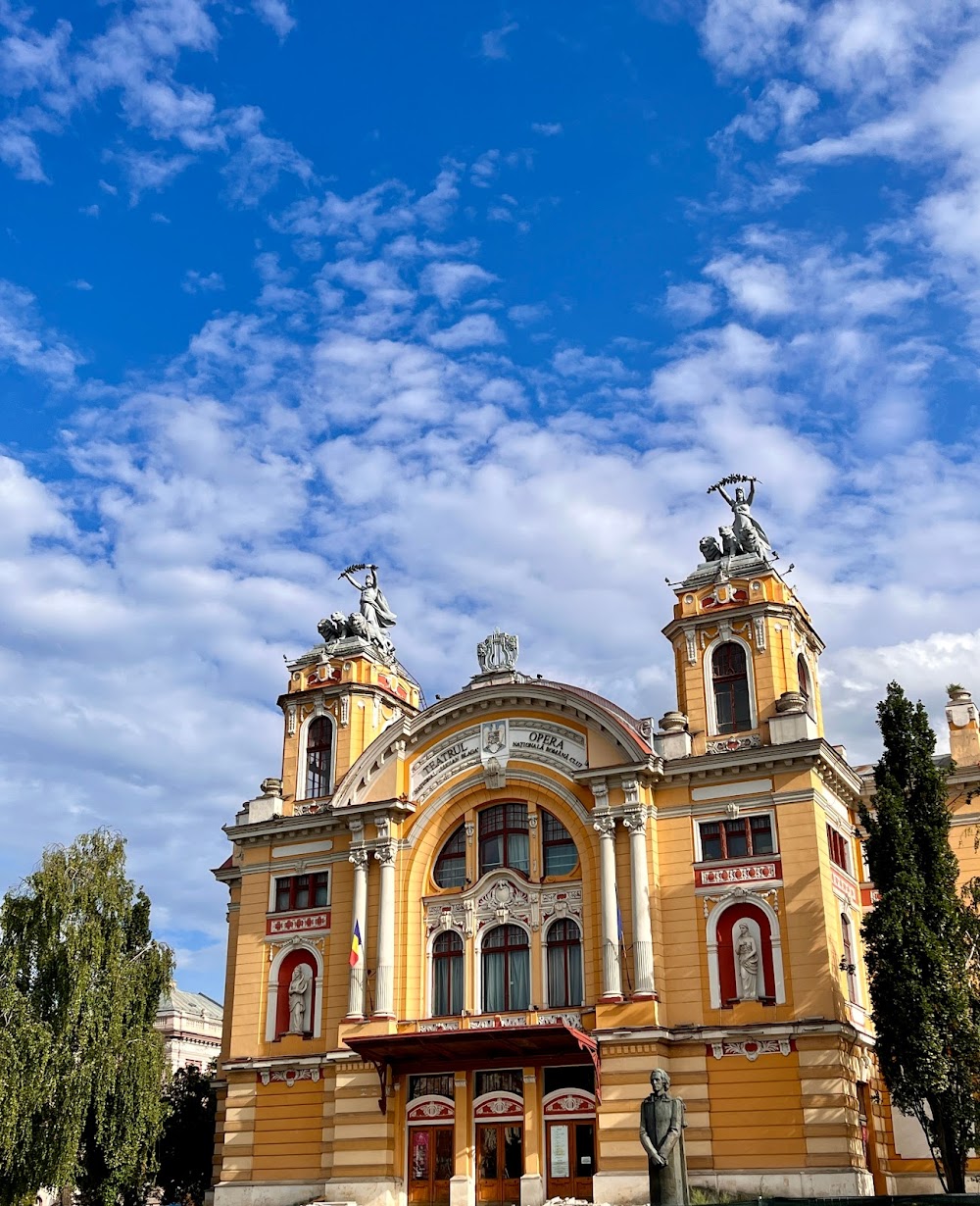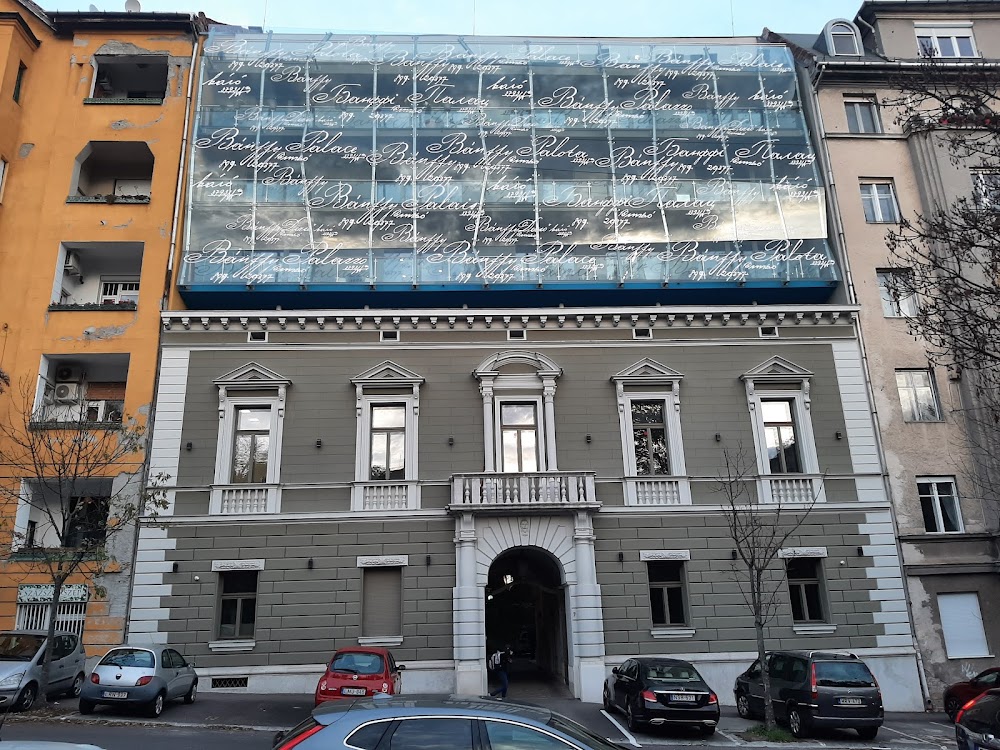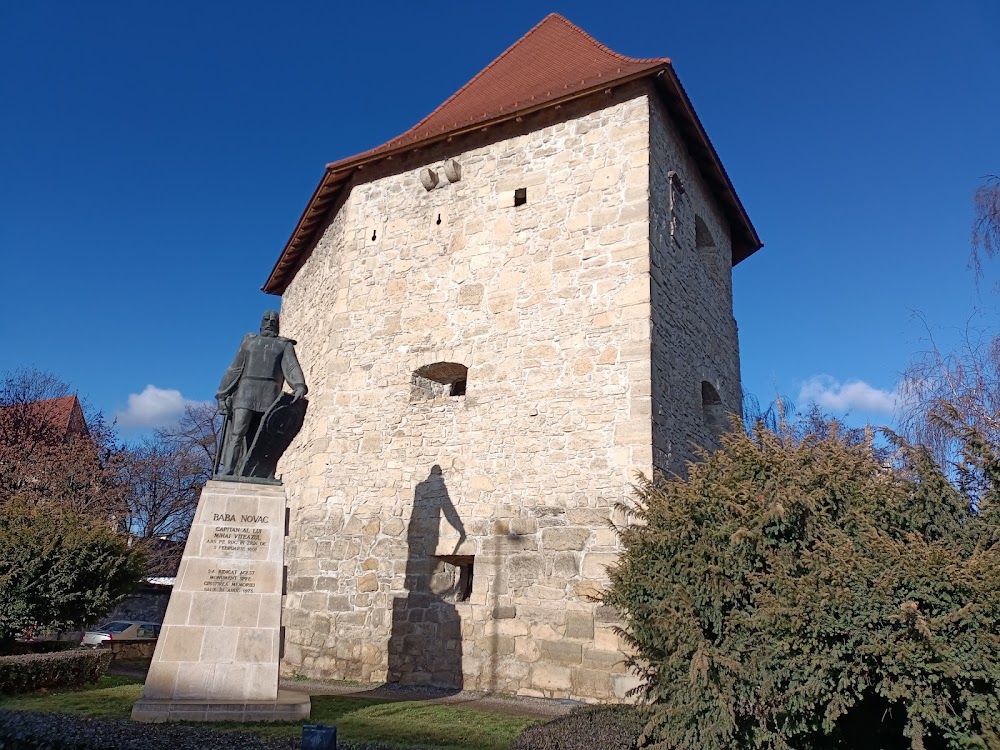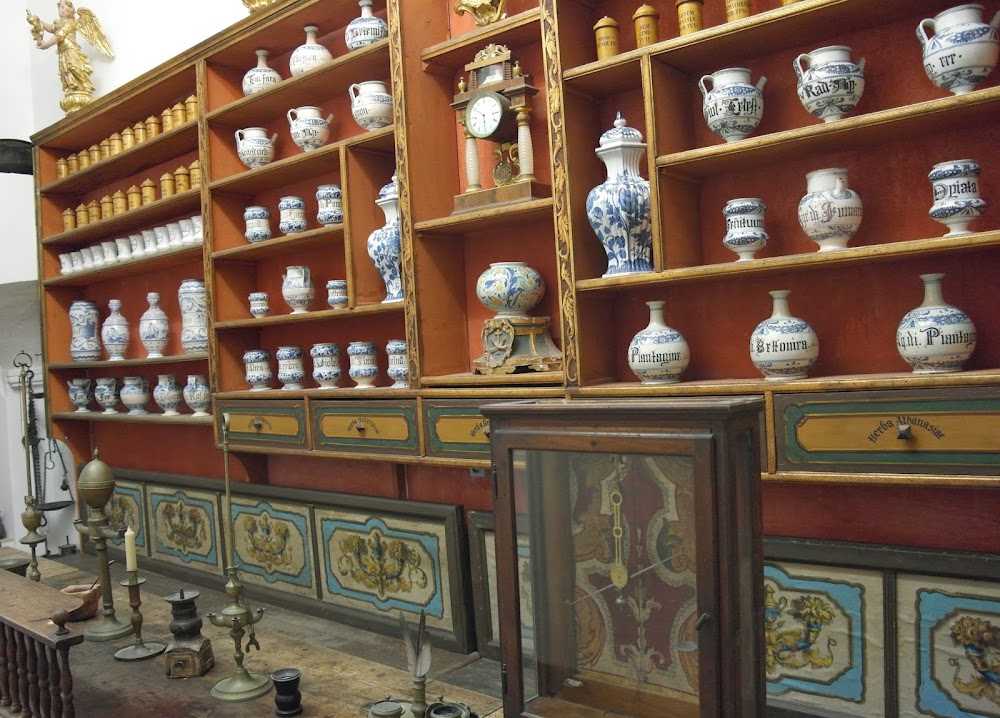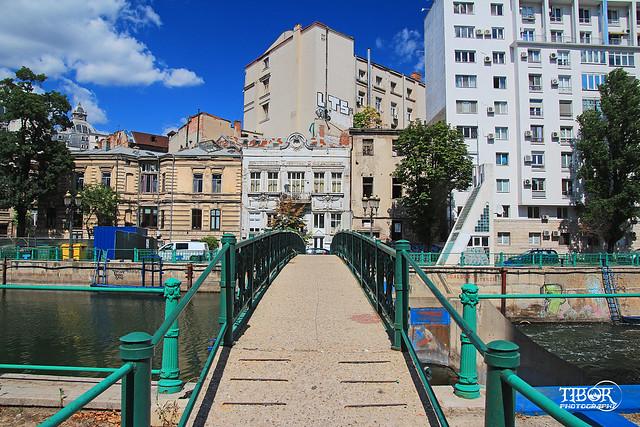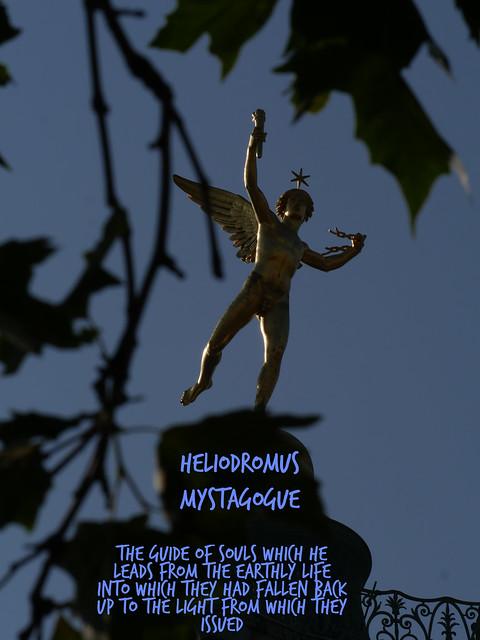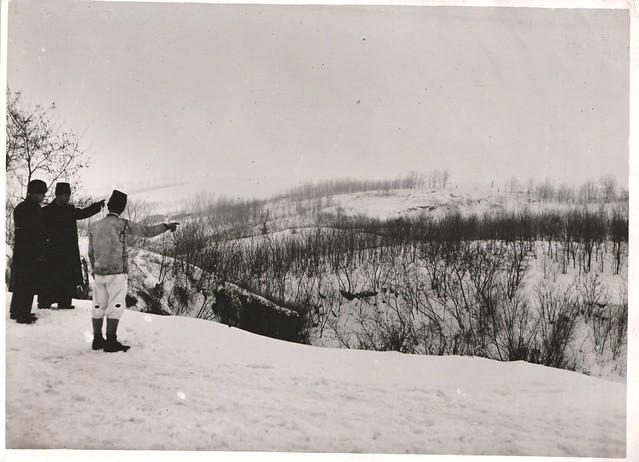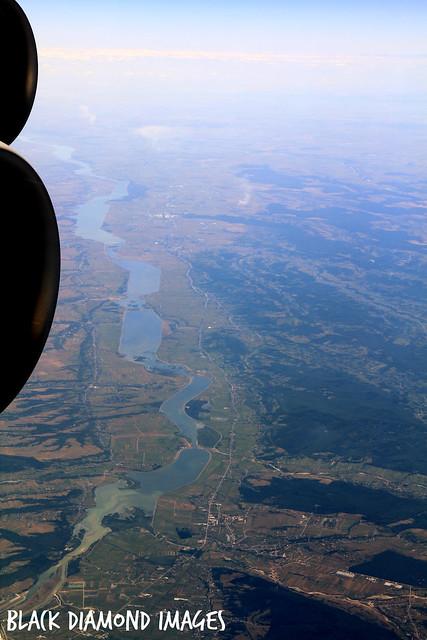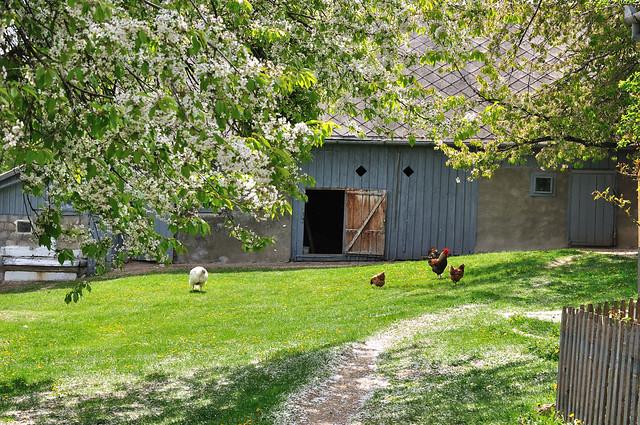Cluj County
Overview
Cluj County, nestled in the heart of Transylvania, Romania, offers a vibrant mix of cultural heritage, modern entertainment, and natural beauty, making it an exciting destination for teenage travelers. The region is renowned for its historical landmarks, including the gothic architecture of Cluj-Napoca, the county capital. This city is a cultural hub with numerous festivals, museums, and an eclectic mix of cafes and restaurants that cater to its large student population. Beyond the urban excitement, Cluj County boasts stunning landscapes, from the Apuseni Mountains to the serene beauty of Turda Gorge, ideal for nature lovers and adventure seekers.
The best time to visit Cluj County is during the summer months, from June to August, when the weather is warm and sunny, perfect for exploring the outdoors and enjoying the numerous festivals that take place. This period is the high season for tourism, offering a plethora of activities ranging from hiking and mountain biking in the Apuseni Mountains to exploring the underground marvel of the Turda Salt Mine. Cultural events like the Untold Festival, one of the largest electronic music festivals in Eastern Europe, draw huge crowds of both locals and tourists, providing a lively atmosphere and a chance to experience the local culture and hospitality.
Before traveling to Cluj County, teenagers should prepare by packing appropriate clothing for both warm days and cooler evenings, as mountain areas can be quite chilly. It’s advisable to bring comfortable shoes for walking and hiking. Learning a few basic phrases in Romanian can be helpful, though many people, especially the youth, speak English due to the large student community in Cluj-Napoca. Additionally, it's important to have a valid passport, and depending on your country of origin, a visa may also be required. Check local travel advisories and health recommendations, particularly for any outdoor activities planned in rural areas.
How It Becomes to This
History not available

Places in Cluj County
Explore the most popular attractions and landmarks
You May Like
Explore other interesting states in Romania
Discover More Area
Delve into more destinations within this state and uncover hidden gems.


